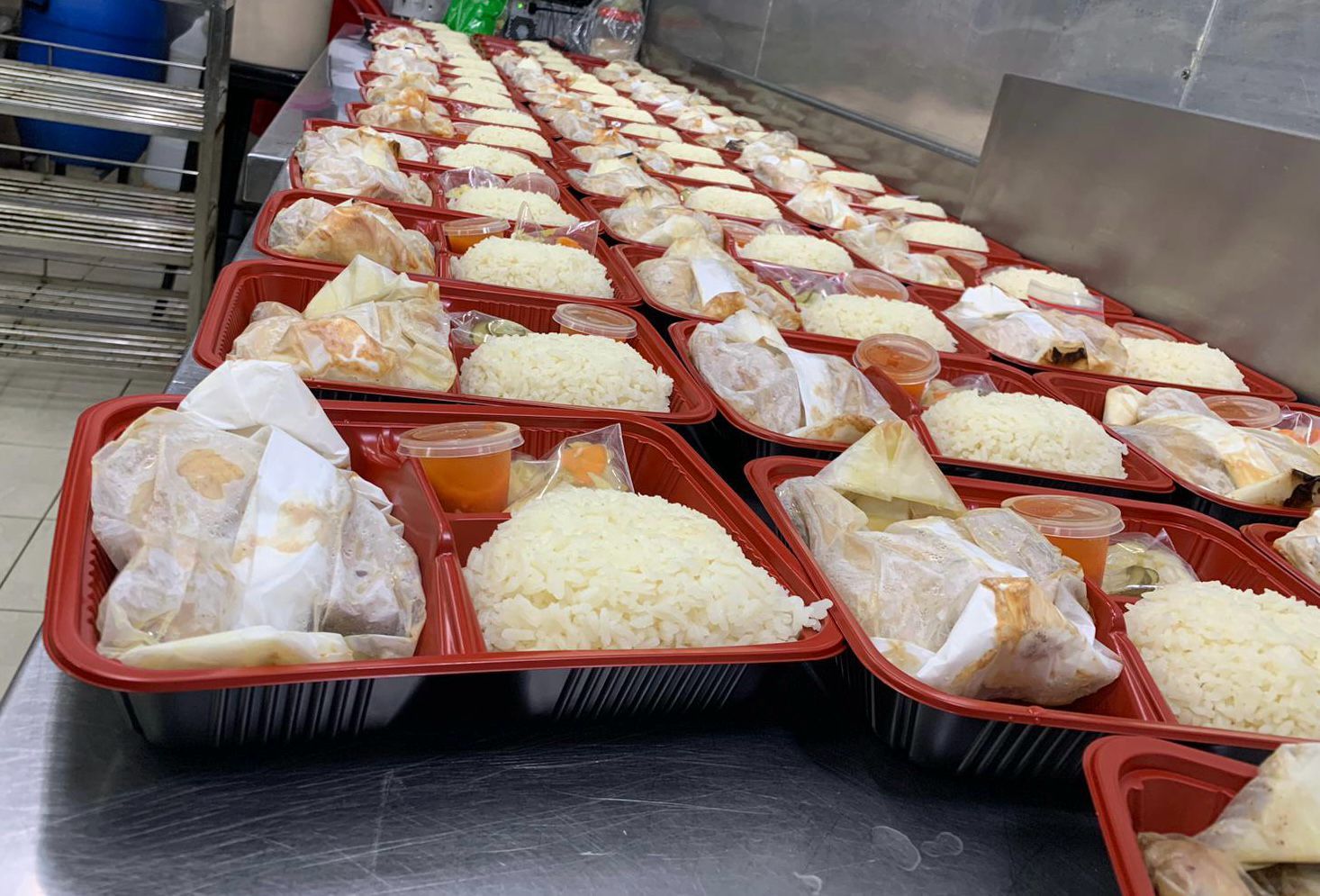By Liang+Wei Liaw
•
September 8, 2025
T urning diners into loyal promoters is the best way to get new customers. Arguably even better than social media marketing. Referral marketing is one of the most cost-effective ways to grow your profits while building a strong community around your brand. Why Referrals Work Referrals work because they rely on trust and personal recommendations , which are far more persuasive than traditional advertising. Customers who come via referrals are already pre-disposed to like your brand—they’re more likely to return, spend more, and even become repeat advocates themselves. Advantages of Referral Marketing: Cost-Efficient Growth Traditional advertising can be expensive, especially for small F&B businesses. Referral marketing leverages your existing customers as promoters, drastically reducing your marketing spend. Each happy customer essentially becomes a free marketing channel. Stronger Retention Referred customers already have a level of trust in your brand. This makes them more likely to come back multiple times , try new menu items, and participate in loyalty programs. Brand Advocacy and Credibility Word-of-mouth is the ultimate credibility booster. When someone recommends your restaurant, it positions your brand as trustworthy and reliable. This is particularly valuable in the F&B industry, where trust and reviews influence customer decisions heavily. Exponential Reach Each customer has multiple friends, family members, and colleagues. A well-designed referral program can turn a single loyal customer into a network of potential repeat customers , multiplying your growth opportunities. How to Implement a Referral Program Incentivize Sharing Offer tangible rewards such as discounts, free menu items, or loyalty points for successful referrals. For example: “Refer a friend and get 10% off your next visit” “Your friend gets 10% off their first order, and you earn loyalty points” Incentives motivate participation while also ensuring the reward is tied to actual customer acquisition. Digital-Friendly Tools QR codes, mobile apps, and social media sharing links make referrals effortless. You can integrate these directly into your ordering system, e-wallet, or loyalty app to track successful referrals automatically . Personalized Messaging Generic messages are easy to ignore. Craft personalized invitations like: “Hi Sarah, invite a friend and both of you enjoy a free dessert on your next visit!” Personalization improves engagement and encourages customers to actively participate. Create Shareable Experiences The more memorable the experience, the more likely customers are to share it. Think visually stunning dishes, unique beverages, cozy interiors, or excellent customer service. Encourage sharing by adding Instagram or TikTok handles on receipts or table displays. Leverage Existing Loyalty Programs Combine referral programs with your existing loyalty system. For instance, customers can earn double points when they refer a friend , providing an added layer of incentive. Track and Optimize To ensure your referral program is effective, monitor: Number of new customers acquired through referrals Repeat visits and average spend of referred customers Engagement rates with referral campaigns (QR scans, app shares, clicks) Adjust your program based on insights. For example, if digital referrals outperform physical coupons, invest more in mobile-friendly solutions. Takeaway Referral marketing isn’t just a promotional tool—it’s a profit accelerator . By rewarding loyal customers, making sharing easy, and creating memorable experiences, your F&B business can enjoy sustainable growth, stronger customer loyalty, and higher revenue . If you are looking for F&B solutions like POS systems, QR ordering, self ordering kiosks and a CRM that helps you manage referral programmes, click here to find out more



